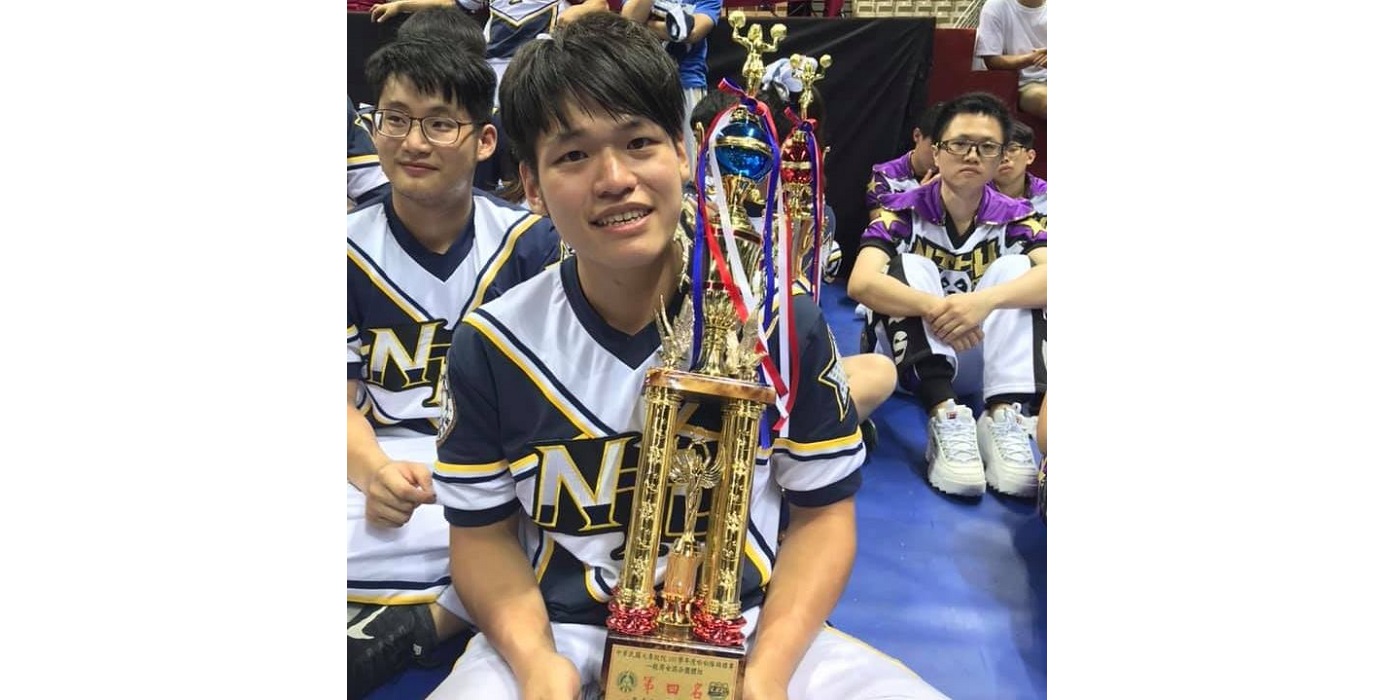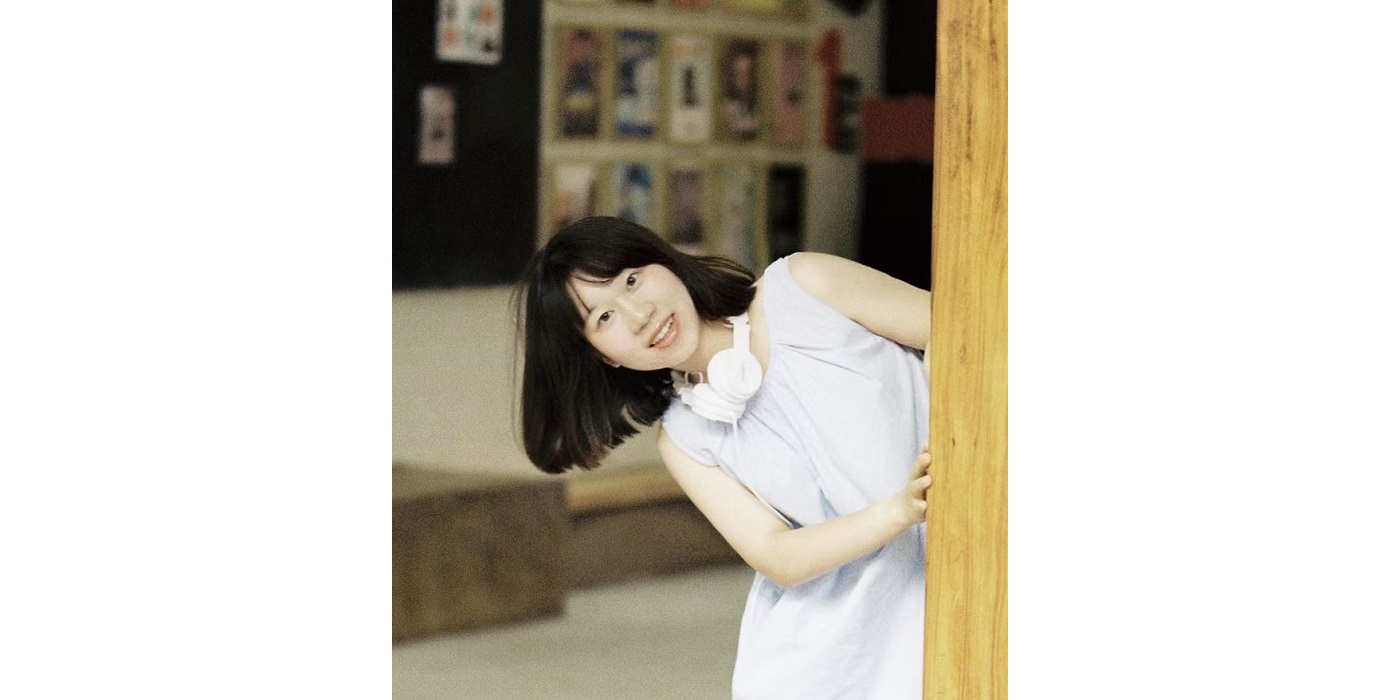Professor Kuo Delivered Green Learning Tutorial at ICIP-2022
The 29th IEEE International Conference on Image Processing (IEEE ICIP) was held in Bordeaux, France on October 16-19, 2022. The IEEE ICIP is the world’s largest and most comprehensive technical conference focused on image and video processing and computer vision. Professor C.-C. Jay Kuo, the Director of USC Media Communications Lab (MCL), gave a tutorial on “Green Learning: Methodologies and Applications” in the afternoon of October 16 (Sunday), 2-5:30 pm. Here is the description of the tutorial.
“There has been a rapid development of artificial intelligence and machine learning technologies in the last decade. The core lies in many annotated training data and deep learning networks. Representative deep learning networks include the convolutional neural network, the recurrent neural network, the long short-term memory network, the transformer, etc. Although deep learning networks have significantly impacted applications such as computer vision, natural language processing, autonomous driving, robotics navigation, etc., they have several inherent shortcomings. They are mathematically intractable, vulnerable to adversarial attacks, and demand a massive amount of annotated training data. Furthermore, their training is computationally intensive because of the use of backpropagation for end-to-end network optimization.”
“There is an emerging concern that deep learning technologies are not friendly to the environment since their carbon footprint threatens global warming and climate change. As sustainability has become critical to human civilization, one priority in science and engineering is to preserve our environment for future generations. In artificial intelligence, it is urgent to investigate new learning paradigms that are competitive with deep learning in performance yet with a significantly lower carbon footprint. Professor C.-C. Jay Kuo has worked towards this goal since 2014. He has published a sequence of influential papers along this direction (see the recent publication list) and [...]




















